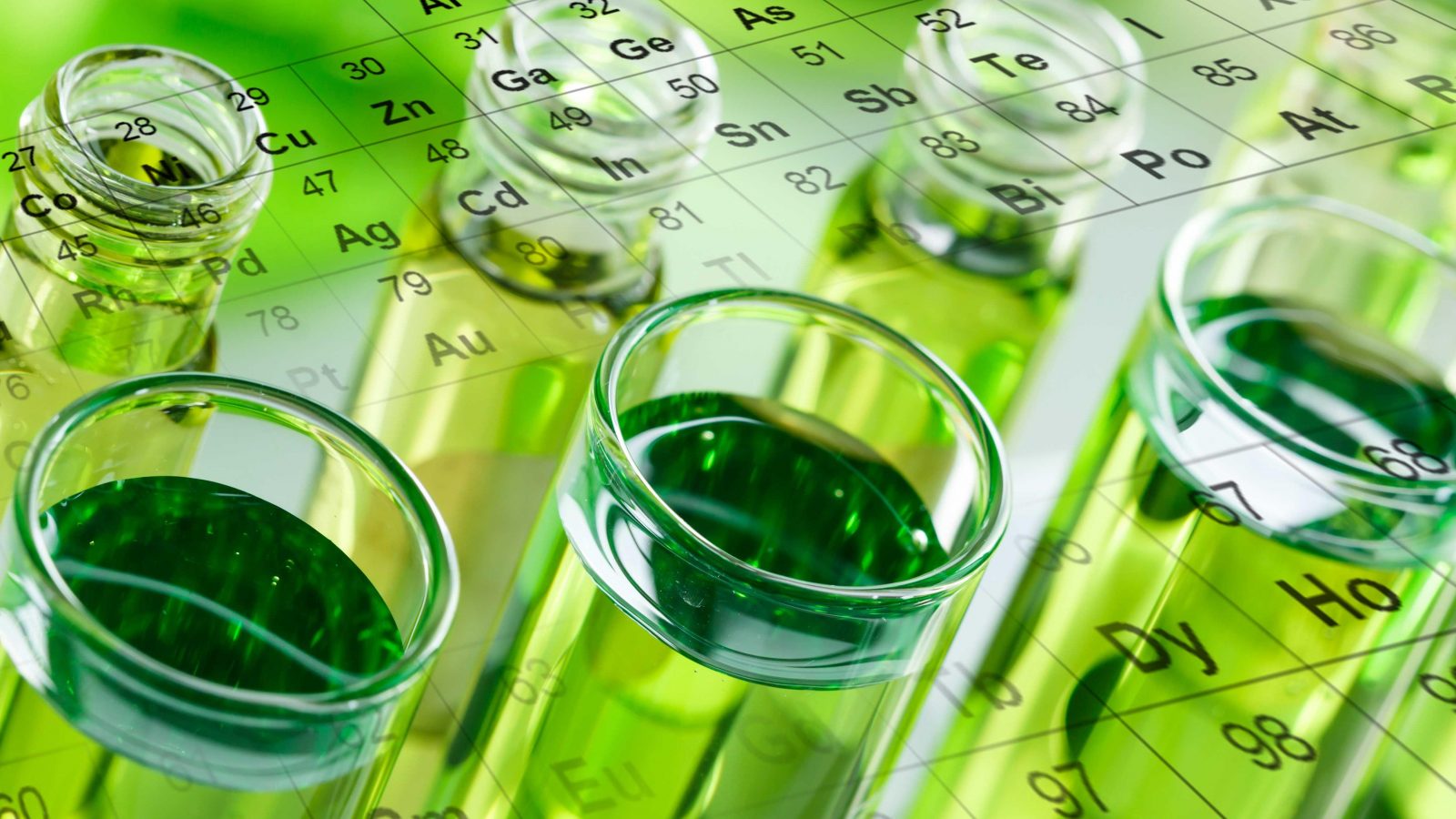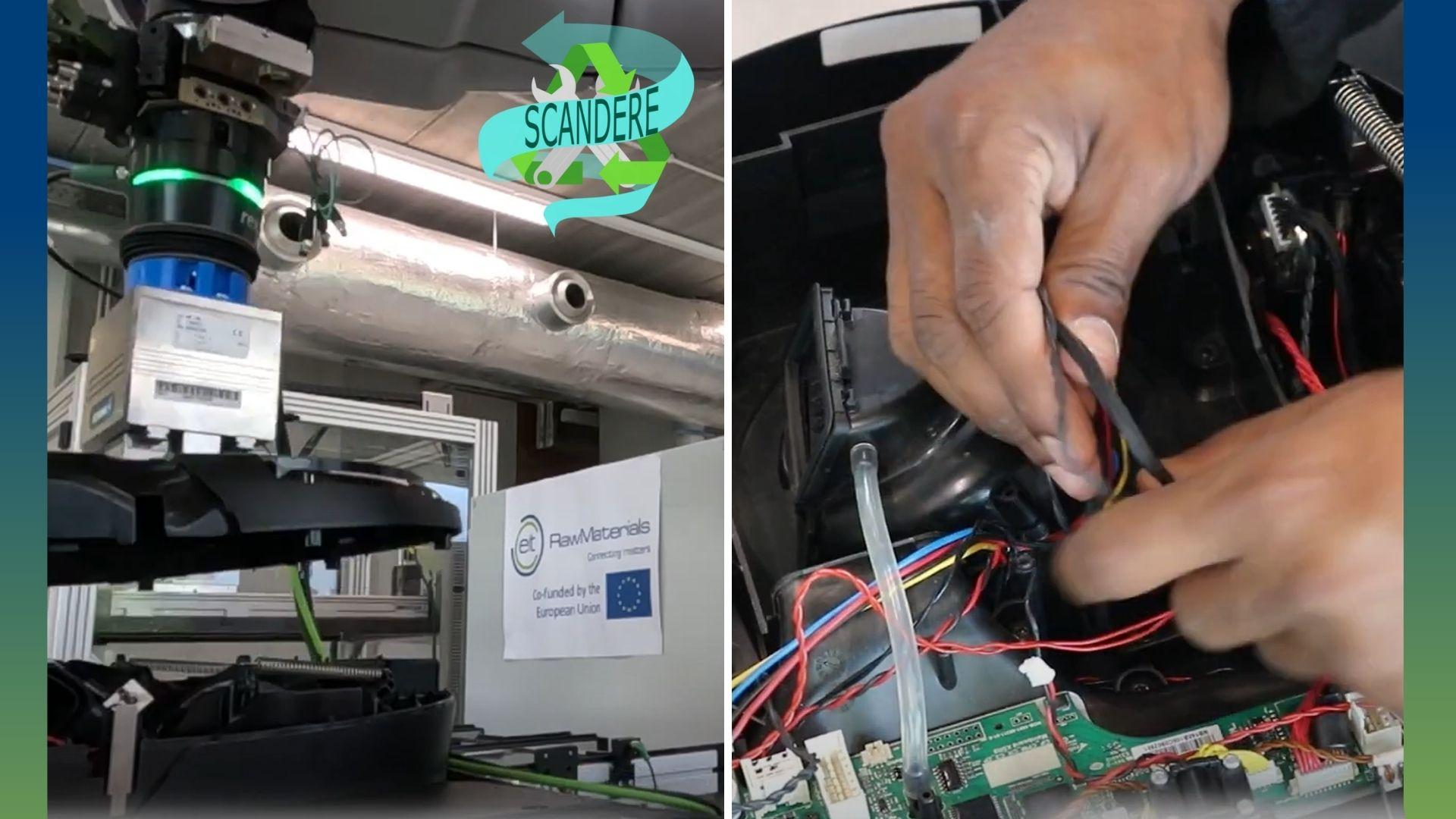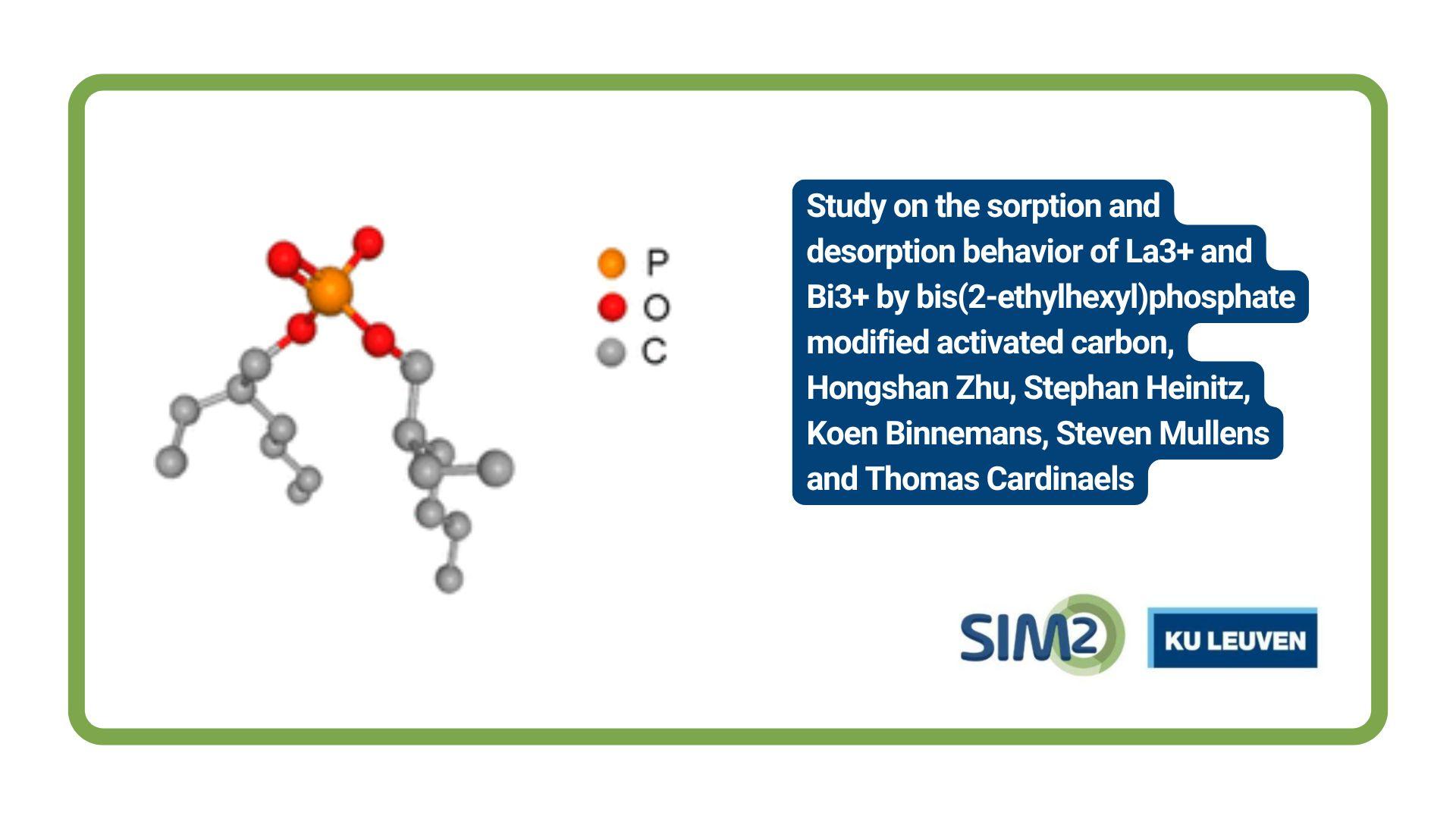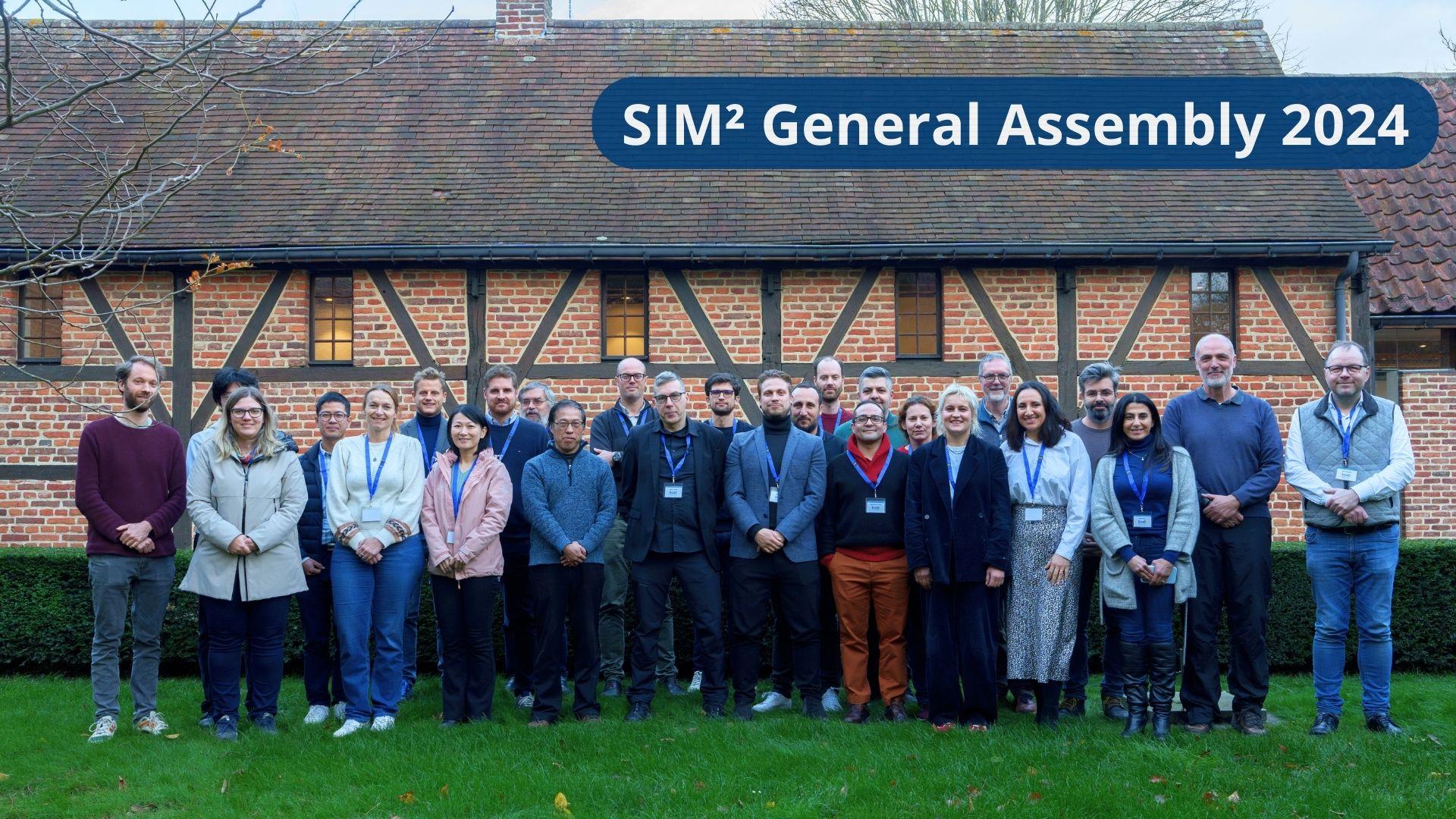The Editorial Board from the prominent journal Green Chemistry has selected a Jozef Stefan Institute paper as a 2020 HOT Green Chemistry article. The paper by Xuan Xu et al, which was developed through the EU MSCA-ETN DEMETER project, is entitled “A facile method for the simultaneous recovery of the rare-earth elements and transition metals from Nd-Fe-B magnets”. The paper is available here: https://doi.org/10.1039/C9GC03325D.
The transition to a low carbon society and energy efficiency by 2050 (“The European Green Deal”) will require radical solutions, especially in order to reduce greenhouse gas emissions, which have to be reduced by 80%. The major contributing segments are the development of e-mobility and eco-power generation, which will need highly efficient electric motors to meet the target.
This can only be achieved by using high-performance rare earths-transition metal permanent magnets (RE-TM PMs) like Nd-Fe-B in such motors. However, rare earths are on the EU's list of most critical raw materials, with extremely low recycling rates (i.e. < 1%at present), which requires holistic measures encompassing their recycling that will in the future accompany their primal development.
Nd-Fe-B magnet recycling
A Nd–Fe–B magnet typically contains 28–35 wt% rare-earth elements (REEs, e.g., Pr, Nd, Tb, and Dy), which means that end-of-life (EoL) magnets are an important secondary resource for REEs. There have been efforts towards finding efficient routes for Nd–Fe–B magnet recycling; however, the aspect of either solid waste or wastewater was not yet elaborated.
Xuan Xu and co-workers from Jozef Stefan Institute (JSI) developed a green and facile electrochemical method for Nd–Fe–B magnet recycling. The proposed procedure enables a selective REE recovery and a simultaneous Fe metal deposition in only two processing steps, with the total re-use of the electrolyte. The proposed procedure thus avoids the formation of solid Fe-based waste and wastewater discharge.
The initial investigations focused on the electrochemical leaching of Nd–Fe–B magnets (anode) and the Fe deposition (cathode). By applying a current density less than 50 mA cm−2 on the anode, a leaching efficiency of Nd–Fe–B magnets close to 100% was achieved (correspondingly, Fe leaching efficiency is between 70.9% and 75.7%).
While by adjusting the current efficiency of Fe deposition on the cathode in the range of 70.9–75.7%, the Fe leaching from the anode is balanced by the Fe consumption on the cathode. Consequently, a stable concentration of total dissolved Fe (balanced concentration) in the electrolyte was achieved that enables repeated electrolyte recycling.

A Nd-Fe-B recycling route in a closed-loop
After the electrolysis step, Na2SO4 was added to the electrolyte to selectively precipitate REEs, e.g., Nd, as (Nd, Na)(SO4)2·xH2O with the total re-use of the electrolyte. The electrolyte was recycled for 9 times and around 92.5% of the REEs were recovered from the fourth cycle on.
A stable REE recovery of 92.5% with a relatively stable composition of the electrolyte can be expected over the long term. Therefore, repeated re-use of the electrolyte can avoid wastewater release by using the current two-step procedure, i.e., electrolysis-selective precipitation, for the recovery of the REEs and transition metals from Nd–Fe–B magnets.
The paper by, Xuan Xu proposes new findings and concepts about recycling of Nd-Fe-B permanent magnets, which are considered as the most valuable secondary recourse for rare earths, that represent a novelty in the field of recourse efficiency and critical raw materials conservations.
The paper has set new directions in the development of novel electrochemical recycling routes for permanent magnets based on Nd-Fe-B both from the point of view of economy and ecology. The proposed process enables a simultaneous selective recovery of the rare-earths and transition metals with a large reduction in the energy consumption and the environmental burdens, as it works in a closed loop with literally no waste.
Full reference paper
Xuan Xu, Saso Sturm, Zoran Samardzija, Janez Scancar, Katarina Markovic and Kristina Zuzek Rozman, A facile method for the simultaneous recovery of rare-earth elements and transition metals from Nd–Fe–B magnets, Green Chem., 2020, 22, 1105-1112, https://doi.org/10.1039/C9GC03325D
Acknowledgements
 The paper is a result of ETN-MSCA project DEMETER, Training Network for the Design and Recycling of Rare‐Earth Permanent Magnet Motors and Generators and Full Hybrid and Electric Vehicles [2015-2019] for which funding is gratefully acknowledged (European Union’s EU Framework Programme for Research and Innovation Horizon 2020 under Grant Agreement No. 674973 (DEMETER)). Watch the DEMETER video here. The authors thank the COST Action e-MINDs community for sharing the knowledge.
The paper is a result of ETN-MSCA project DEMETER, Training Network for the Design and Recycling of Rare‐Earth Permanent Magnet Motors and Generators and Full Hybrid and Electric Vehicles [2015-2019] for which funding is gratefully acknowledged (European Union’s EU Framework Programme for Research and Innovation Horizon 2020 under Grant Agreement No. 674973 (DEMETER)). Watch the DEMETER video here. The authors thank the COST Action e-MINDs community for sharing the knowledge.
About the lead author of the paper: Dr Xuan Xu
 Xuan Xu was recruited as Marie Curie Fellow, in the frame of the ETN-DEMETER https://etn-demeter.eu/ on Department for Nanostructured Materials http://nano.ijs.si/, Jozef Stefan Institute, Ljubljana Slovenia and obtained his PhD from Jozef Stefan International Postgraduation school https://www.mps.si/en/, Ljubljana, Slovenia in 2019, supervised by Prof. Kristina Zuzek Rozman. In 2020, he joined the Inner Mongolia University as an academic backbone. His research interest is focusing on the development of novel methods for critical raw materials recycling and reprocessing.
Xuan Xu was recruited as Marie Curie Fellow, in the frame of the ETN-DEMETER https://etn-demeter.eu/ on Department for Nanostructured Materials http://nano.ijs.si/, Jozef Stefan Institute, Ljubljana Slovenia and obtained his PhD from Jozef Stefan International Postgraduation school https://www.mps.si/en/, Ljubljana, Slovenia in 2019, supervised by Prof. Kristina Zuzek Rozman. In 2020, he joined the Inner Mongolia University as an academic backbone. His research interest is focusing on the development of novel methods for critical raw materials recycling and reprocessing.





